Interference-Aware PAPR Reduction Scheme to Increase the Energy Efficiency of Large-Scale MIMO-OFDM Systems
Abstract
:1. Introduction
2. Approach
3. System Model
3.1. LS-MU-MIMO-OFDM with Precoding
3.2. Peak-To-Average Power Ratio
4. Interference-Aware Clipping Scheme
4.1. Clipping Noise Analysis
4.2. Clipping Ratio Decision Criterion
4.3. SIR, SCR, and Effective SINR
5. Numerical Results
6. Conclusions
Acknowledgments
Author Contributions
Conflicts of Interest
References
- Marzetta, T.L. Noncooperative Cellular Wireless with Unlimited Numbers of Base Station Antennas. IEEE Trans. Wirel. Commun. 2010, 9, 3590–3600. [Google Scholar] [CrossRef]
- Marzetta, T.L. Massive MIMO: An Introduction. Bell Labs Tech. J. 2015, 20, 11–22. [Google Scholar] [CrossRef]
- Björnson, E.; Larsson, E.G.; Marzetta, T.L. Massive MIMO: Ten myths and one critical question. IEEE Commun. Mag. 2016, 54, 114–123. [Google Scholar] [CrossRef]
- Nan, Y.; Sun, X.; Zhang, L. Joint channel estimation algorithm via weighted Homotopy for massive MIMO OFDM system. IEEE Trans. Wirel. Commun. 2016, 50, 34–42. [Google Scholar] [CrossRef]
- Lee, B.M.; Kim, Y. Design of an Energy Efficient Future Base Station with Large-Scale Antenna System. Energies 2016, 9, 1083. [Google Scholar] [CrossRef]
- Jeong, J.; Kim, H. On Optimal Cell Flashing for Reducing Delay and Saving Energy in Wireless Networks. Energies 2016, 9, 768. [Google Scholar] [CrossRef]
- Choi, H.-H.; Lee, J.-R. A Biologically-Inspired Power Control Algorithm for Energy-Efficient Cellular Networks. Energies 2016, 9, 161. [Google Scholar] [CrossRef]
- Chung, Y.-L. A Novel Algorithm for Efficient Downlink Packet Scheduling for Multiple-Component-Carrier Cellular Systems. Energies 2016, 9, 950. [Google Scholar] [CrossRef]
- Guariglia, E. Entropy and Fractal Antennas. Entropy 2016, 18, 84. [Google Scholar] [CrossRef]
- Ortigueira, M.D. Fractional Calculus for Scientists and Engineers; Springer: Dordrecht, The Netherlands, 2011. [Google Scholar]
- Guariglia, E.; Silvestrov, S. Fractional-Wavelet Analysis of Positive definite Distributions and Wavelets on D’(C). In Engineering Mathematics II; Silvestrov, S.D., Rancic, M., Eds.; Springer: Cham, Switzerland, 2017; pp. 337–353. [Google Scholar]
- Guariglia, E.; Silvestrov, S. A functional equation for the Riemann zeta fractional derivative, American Institute of Physics. In Proceedings of the ICNPAA 2016 Mathematical Problems on Engineering, Aerospace and Sciences, La Rochelle, France, 5–8 July 2016. [Google Scholar]
- Deng, P. Real Time Software-Defined Adaptive MIMO Visible Light Communications; Wang, J.-Y., Ed.; Visible Light Communications; InTech: Rijeka, Croatia, 2017. [Google Scholar]
- Deng, P.; Kavehrad, M. Software Defined Adaptive MIMO Visible Light Communications after an Obstruction. In Proceedings of the Optical Fiber Communications Conference and Exhibition (OFC), Los Angeles, CA, USA, 19–23 March 2017. [Google Scholar]
- Azhar, A.H.; Tran, T.-A.; O’Brien, D. A Gigabit/s Indoor Wireless Transmission Using MIMO-OFDM Visible-Light Communications. IEEE Photon. Technol. Lett. 2013, 25, 171–174. [Google Scholar] [CrossRef]
- Deng, P.; Kavehrad, M. Adaptive Real-Time Software Defined MIMO Visible Light Communications using Spatial Multiplexing and Spatial Diversity. In Proceedings of the 2016 IEEE International Conference on Wireless for Space and Extreme Environments (WiSEE), Aachen, Germany, 26–28 September 2016. [Google Scholar]
- Lee, B.M.; de Figueiredo, R.J.P. Adaptive Predistorters for Linearization of High-Power Amplifiers in OFDM Wireless Communications. Circuits Syst. Signal Process. 2006, 25, 59–80. [Google Scholar] [CrossRef]
- Kahn, L.R. Single-sideband transmission by envelope elimination and restoration. Proc. IRF 1952, 40, 803–806. [Google Scholar] [CrossRef]
- Cripps, S.C. RF Power Amplifiers for Wireless Communications; Artech House: Norwood, MA, USA, 2002. [Google Scholar]
- Jiang, T.; Wu, Y. An Overview: Peak-to-Average Power Ratio Reduction Techniques for OFDM Signals. IEEE Trans. Broadcast. 2008, 54, 257–268. [Google Scholar] [CrossRef]
- Li, X.; Cimini, L.J., Jr. Effects of clipping and filtering on the performance of OFDM. IEEE Commun. Lett. 1998, 2, 131–133. [Google Scholar]
- Armstrong, J. Peak-to-average power reduction for OFDM by repeated clipping and frequency domain filtering. Electron. Lett. 2002, 38, 246–247. [Google Scholar] [CrossRef]
- Lee, B.M.; Kim, Y. An adaptive clipping and filtering technique for PAPR reduction of OFDM signals. Circuits Syst. Signal Process. 2013, 32, 1335–1349. [Google Scholar] [CrossRef]
- Le Goff, S.Y.; Al-Samahi, S.S.; Khoo, B.K.; Tsimenidis, C.C.; Sharif, B.S. Selected Mapping without Side Information for PAPR Reduction in OFDM. IEEE Trans. Wirel. Commun. 2009, 8, 3320–3325. [Google Scholar] [CrossRef]
- Jeon, H.-B.; No, J.-S.; Shin, D.-J. A Low-Complexity SLM Scheme Using Additive Mapping Sequences for PAPR Reduction of OFDM Signals. IEEE Trans. Broadcast. 2011, 57, 866–875. [Google Scholar] [CrossRef]
- Irukulapati, N.V.; Chakka, V.K.; Jain, A. SLM based PAPR reduction of OFDM signal using new phase sequence. Electron. Lett. 2009, 45, 1231–1232. [Google Scholar] [CrossRef]
- Muller, S.H.; Huber, J.B. OFDM with reduced peak-to-mean power ratio by optimum combination of partial transmit sequences. Electron. Lett. 1997, 33, 368–369. [Google Scholar] [CrossRef]
- Wang, L.; Liu, J. Cooperative PTS for PAPR reduction in MIMO-OFDM. Electron. Lett. 2011, 47, 351–352. [Google Scholar] [CrossRef]
- Krongold, B.S.; Jones, D.L. PAR reduction in OFDM via active constellation extension. IEEE Trans. Broadcast. 2003, 49, 258–268. [Google Scholar] [CrossRef]
- Kou, Y.J.; Lu, W.-S.; Antoniou, A. A New Peak-to-Average Power-Ratio Reduction Algorithm for OFDM Systems via Constellation Extension. IEEE Trans. Wirel. Commun. 2007, 6, 1823–1832. [Google Scholar] [CrossRef]
- Yu, P.; Jin, S. A Low Complexity Tone Reservation Scheme Based on Time-Domain Kernel Matrix for PAPR Reduction in OFDM Systems. IEEE Trans. Broadcast. 2015, 61, 710–716. [Google Scholar] [CrossRef]
- Jiang, T.; Zhu, G.X. Complement block coding for reduction in peak-to-average power ratio of OFDM signals. IEEE Commun. Mag. 2005, 43, S17–S22. [Google Scholar] [CrossRef]
- Aburakhia, S.A.; Badran, E.F.; Mohamed, D.A.E. Linear Companding Transform for the Reduction of Peak-to-Average Power Ratio of OFDM Signals. IEEE Trans. Broadcast. 2009, 55, 155–160. [Google Scholar] [CrossRef]
- Myung, H.G.; Lim, J.; Goodman, D.J. Single carrier FDMA for uplink wireless transmission. IEEE Veh. Technol. Mag. 2006, 1, 30–38. [Google Scholar] [CrossRef]
- Berardinelli, G.; Ruiz de Temino, L.A.; Frattasi, S.; Rahman, M.; Mogensen, P. OFDMA vs. SC-FDMA: Performance comparison in local area IMT-A scenarios. IEEE Wirel. Commun. 2008, 15, 64–72. [Google Scholar] [CrossRef]
- Lee, B.M.; de Figueiredo, R.J.P. MIMO-OFDM PAPR reduction by selected mapping using side information power allocation. Digit. Signal Process. 2010, 20, 462–471. [Google Scholar] [CrossRef]
- Tan, M.; Latinovic, Z.; Bar-Ness, Y. STBC MIMO-OFDM Peak-to-average power ratio reduction by corss-antenna rotation and inversion. IEEE Comm. Lett. 2005, 9, 592–594. [Google Scholar]
- Baek, M.; Kim, M.; You, Y.; Song, H. Semi-blind channel estimation and PAR reduction for MIMO-OFDM system with multiple antennas. IEEE Trans. Broadcast. 2004, 50, 414–424. [Google Scholar] [CrossRef]
- Beko, M.; Marikj, M.; Dinis, R.; Tuba, M. Peak-to-average power ratio reduction in multiple-input multiple-output orthogonal frequency-division multiple access systems using geodesic descent method. IET Commun. 2016, 10, 212–218. [Google Scholar] [CrossRef]
- Choi, L.-U.; Murch, R.D. A transmit preprocessing technique for multiuser MIMO systems using a decomposition approach. IEEE Trans. Wirel. Commun. 2004, 3, 20–24. [Google Scholar] [CrossRef]
- Jiang, Y.; Li, J.; Hager, W.W. Joint Transceiver Design for MIMO Communications Using Geometric Mean Decomposition. IEEE Trans. Signal Process. 2005, 53, 3791–3803. [Google Scholar] [CrossRef]
- O’Neil, R.; Lopes, L.N. Envelop variations and spectral splatter in clipped multicarrier signals. In Proceedings of the IEEE International Symposium on Personal, Indoor and Mobile Radio Communications (PIMRC ’95), Toronto, ON, Canada, 27–29 September 1995; Volume 1, pp. 71–75. [Google Scholar]
- Ochiai, H.; Imai, H. Performance of the Deliberate Clipping with Adaptive Symbol Selection for Strictly Band-Limited OFDM Systems. IEEE J. Sel. Areas Commun. 2000, 18, 2270–2277. [Google Scholar] [CrossRef]
- Van Nee, R.; de Wild, A. Reducing the peak-to-average power ratio of OFDM. In Proceedings of the IEEE Vehicular Technology Conference (VTC98), Ottawa, ON, Canada, 21 May 1998; pp. 2072–2076. [Google Scholar]
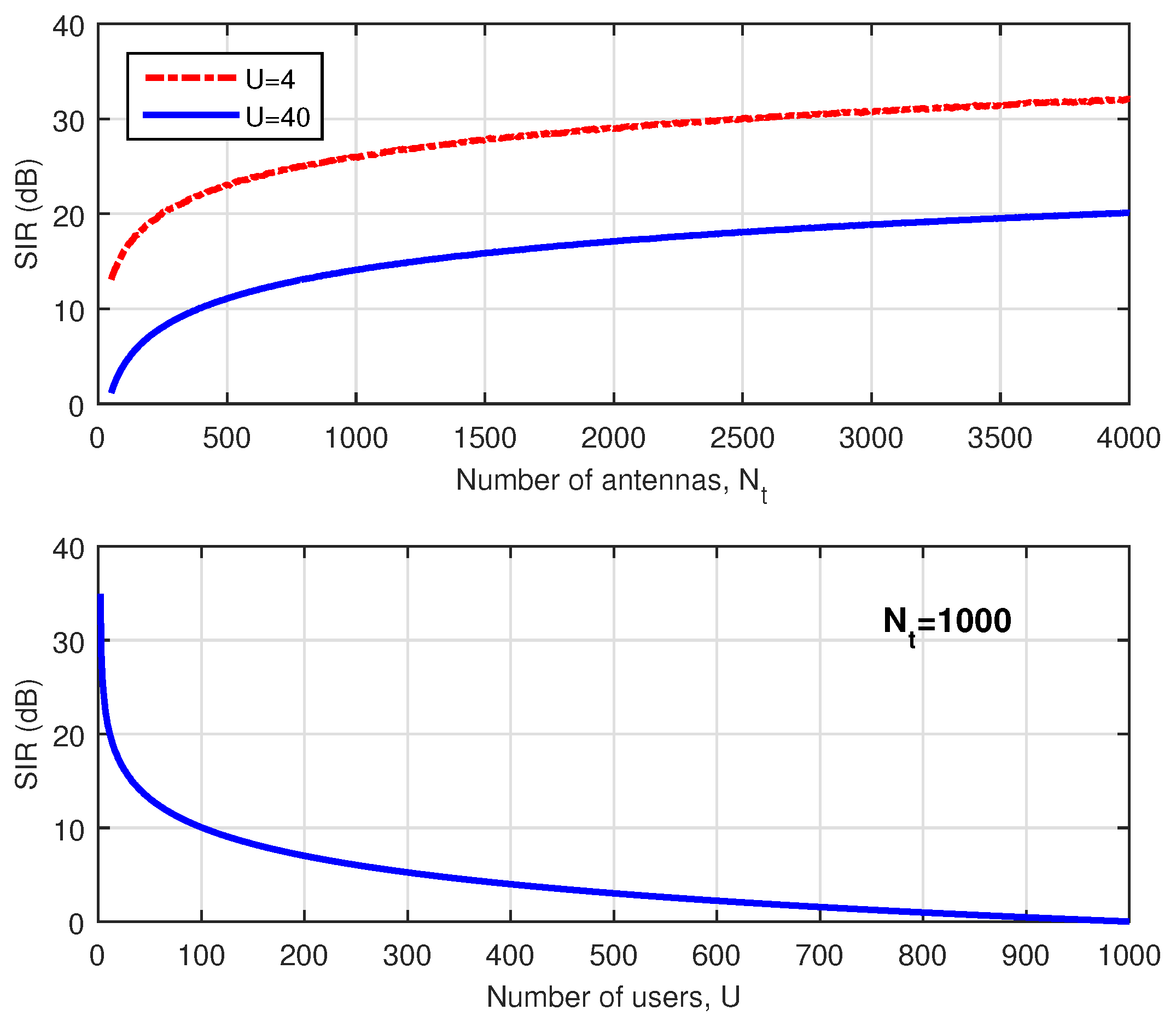
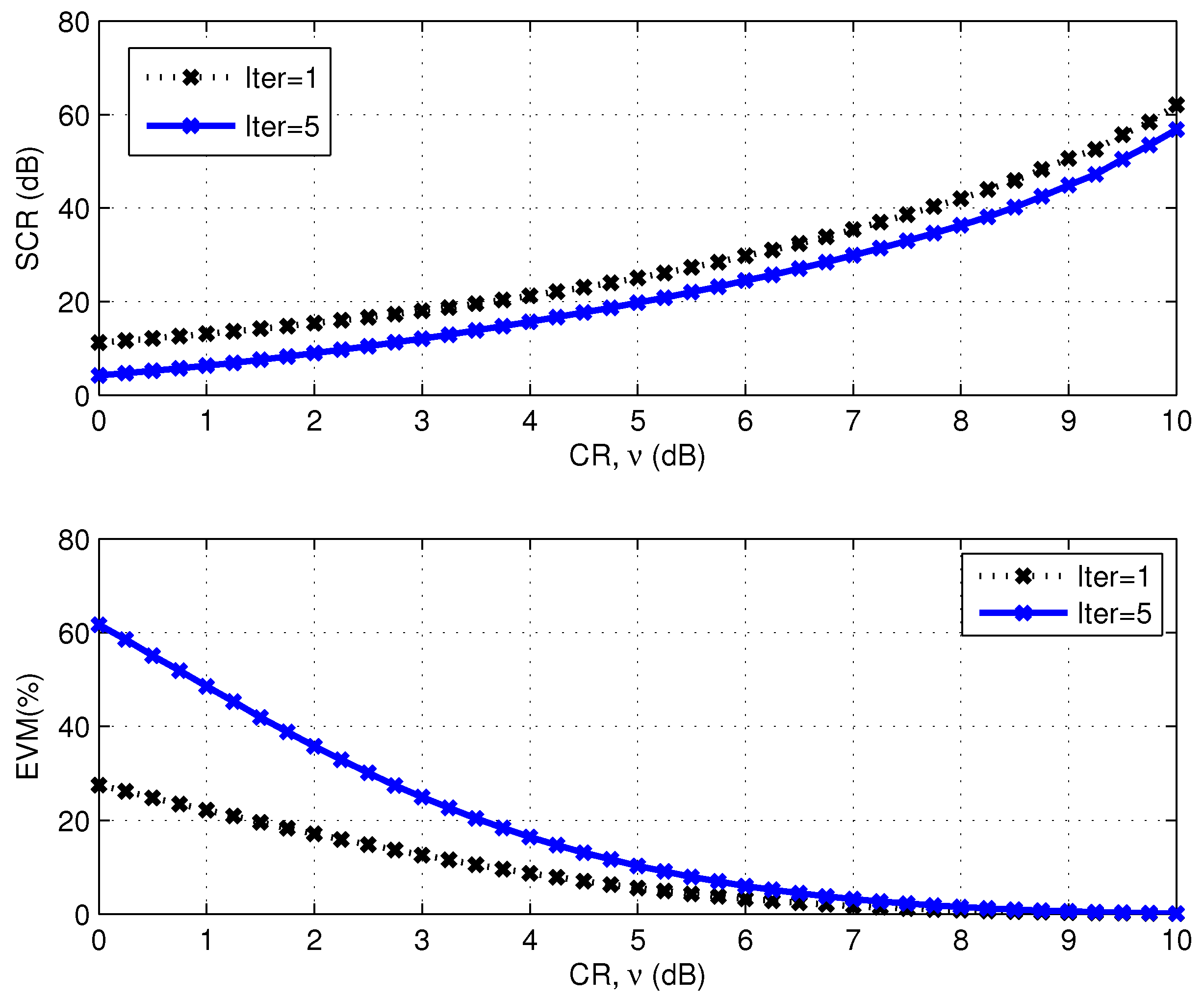
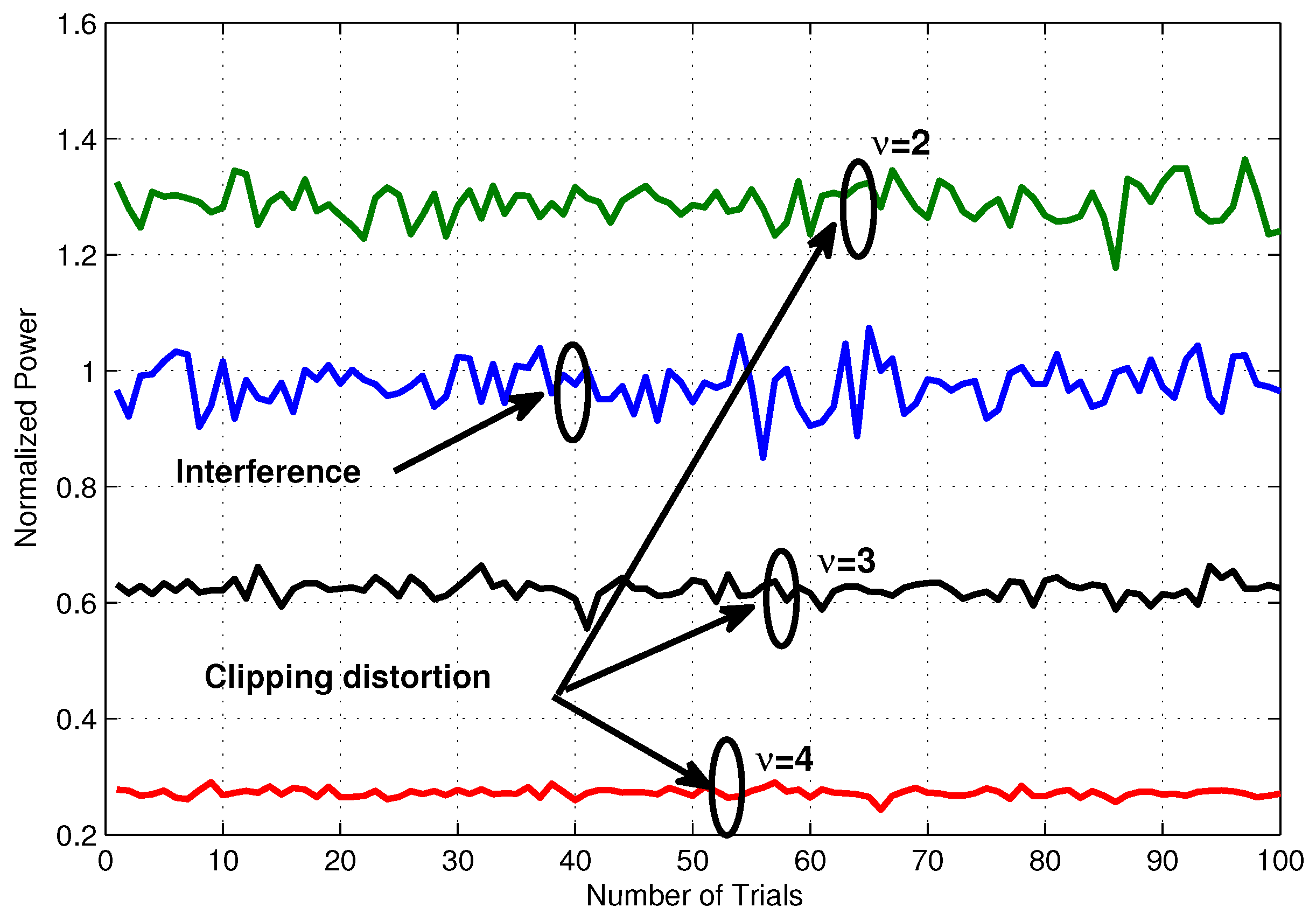

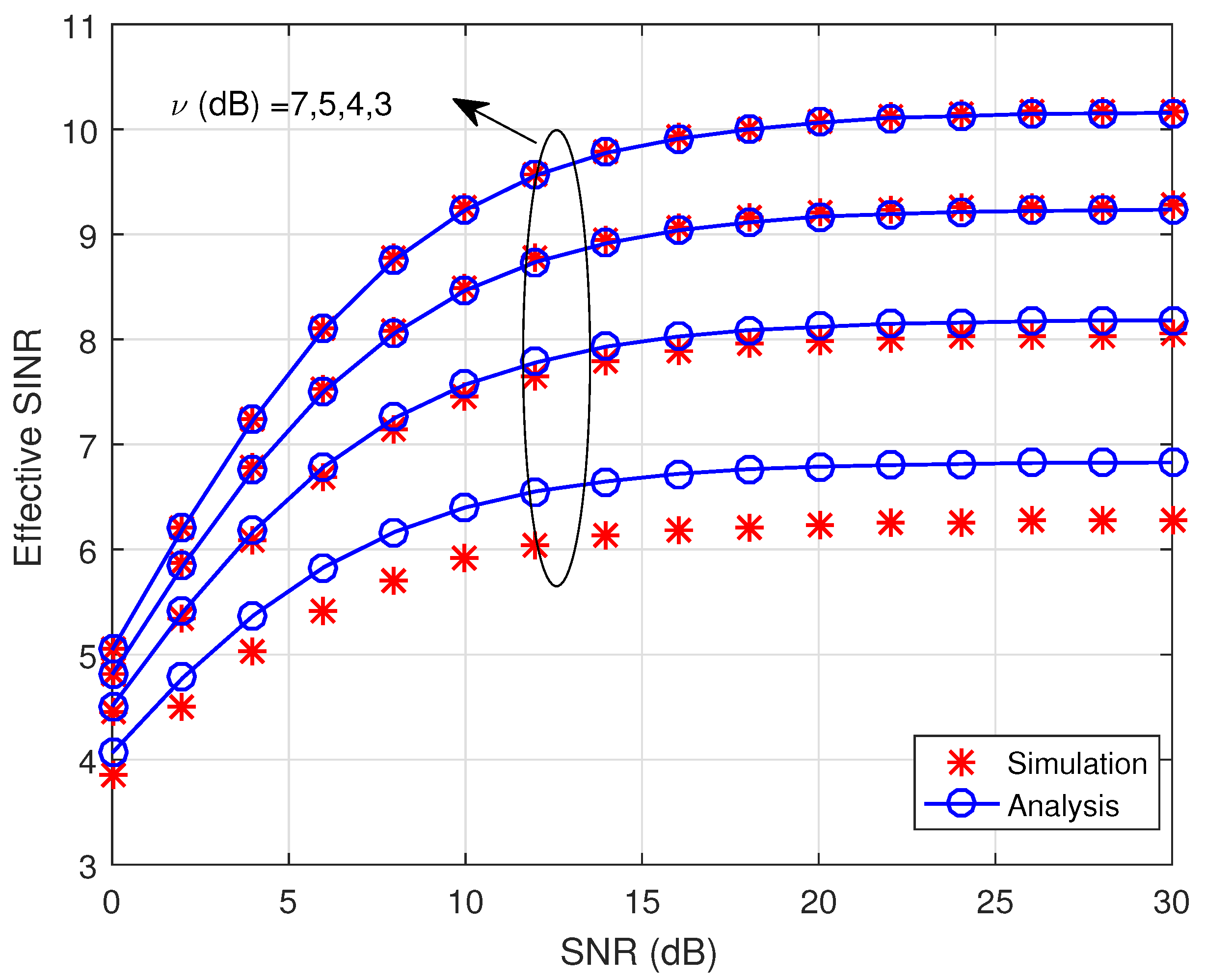
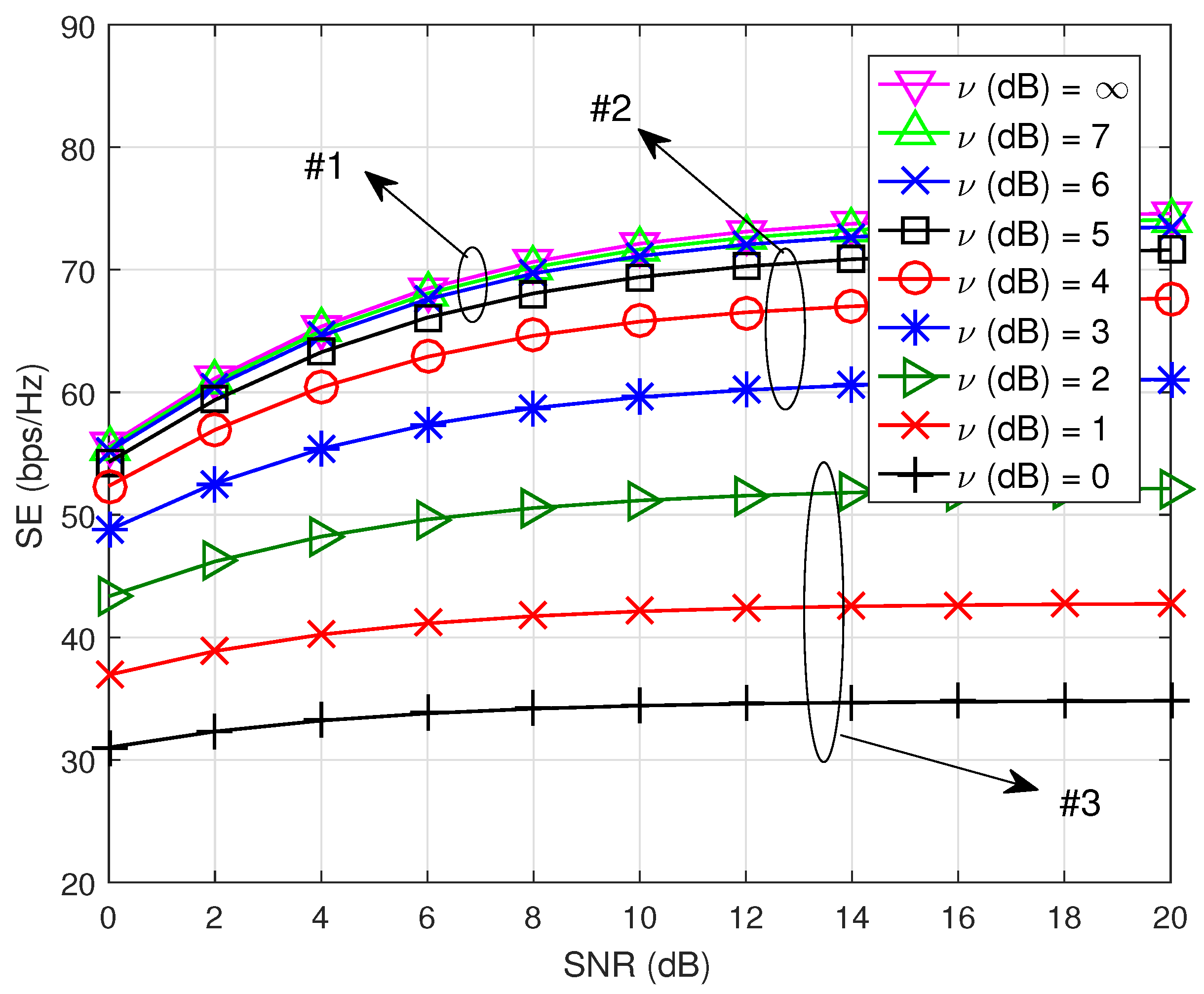
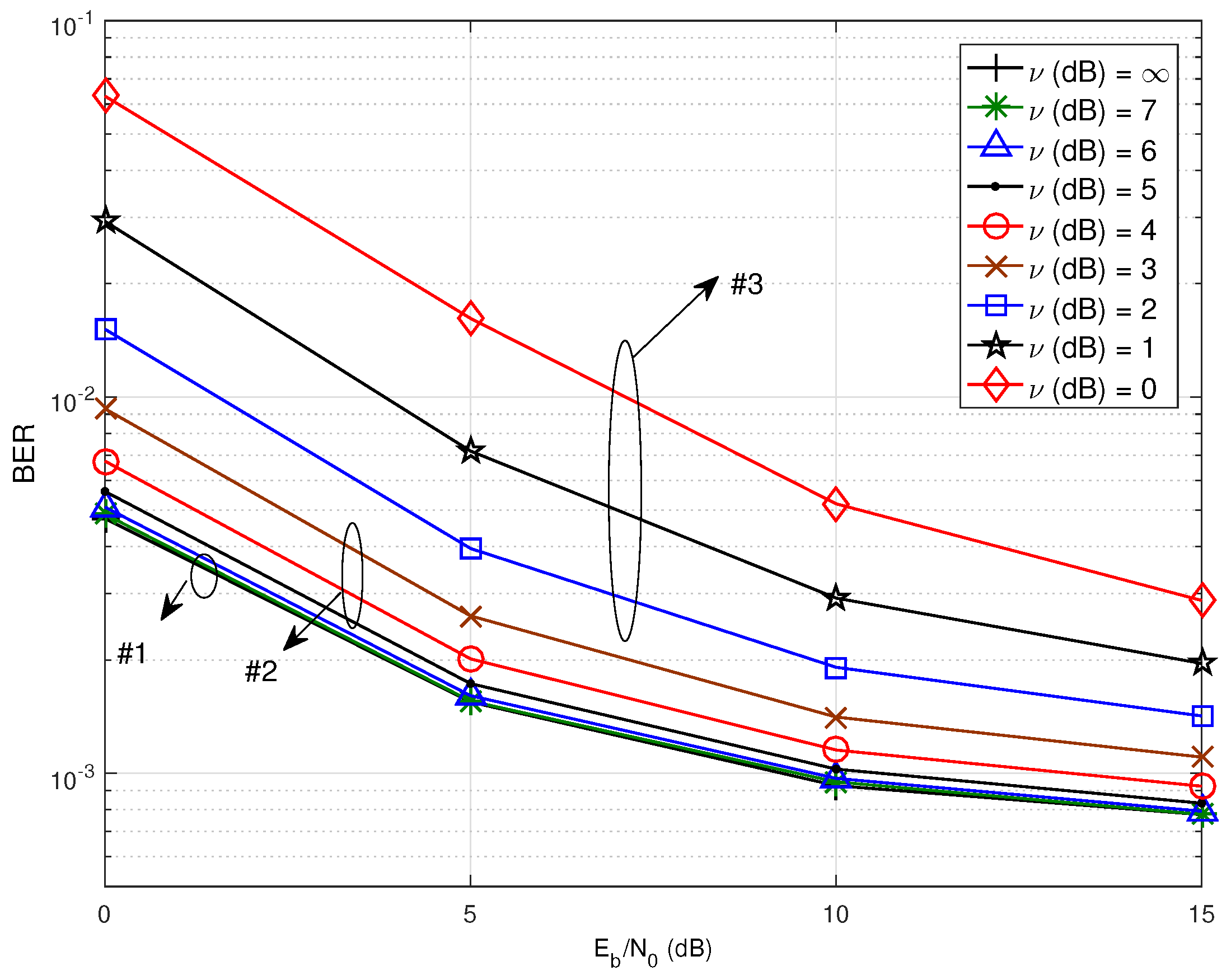
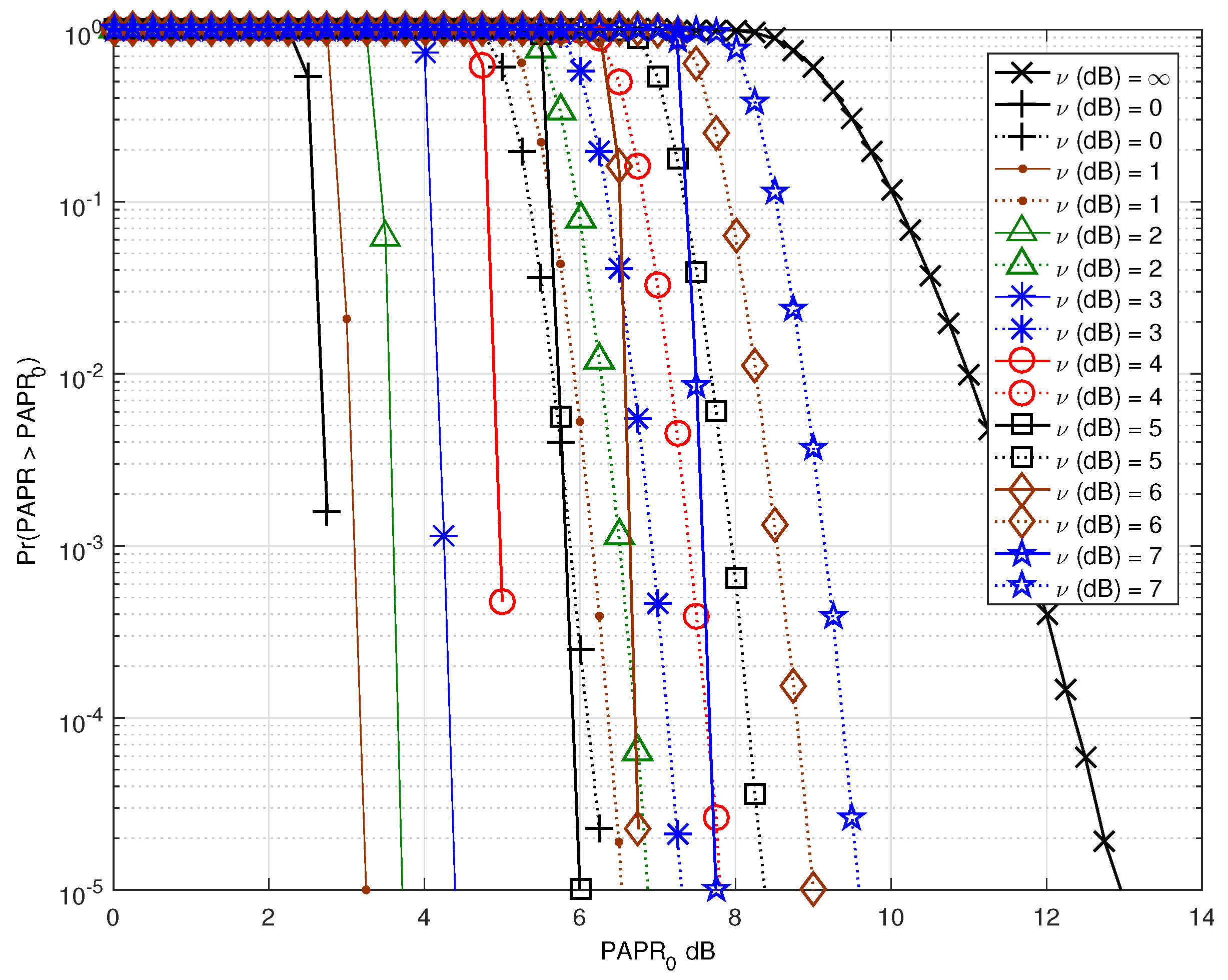
| Parameter | Description | Value |
|---|---|---|
| Slot length | 0.5 ms | |
| Pilot length in one slot | 0.214 ms | |
| Symbol duration | 71.4 us | |
| Guard Interval (GI) | 4.7 us | |
| Symbol without GI | 66.7 us | |
| Delay spread | 4.7 us |
| 50 | 0.7352 | 3 | 0.0619 |
| 100 | 0.3852 | 4 | 0.0270 |
| 200 | 0.1897 | 5 | 0.0108 |
| 300 | 0.1333 | 6 | 0.0038 |
| 400 | 0.0897 | 7 | 0.0009882 |
| 500 | 0.0776 | 8 | 0.0002922 |
| 600 | 0.0646 | 9 | 0.0000276 |
| Iter = 2 | Iter = 3 | Iter = 4 | Iter = 5 | |
|---|---|---|---|---|
| 1.5 | 2 | 2.3 | 2.85 |
© 2017 by the authors. Licensee MDPI, Basel, Switzerland. This article is an open access article distributed under the terms and conditions of the Creative Commons Attribution (CC BY) license (http://creativecommons.org/licenses/by/4.0/).
Share and Cite
Lee, B.M.; Kim, Y. Interference-Aware PAPR Reduction Scheme to Increase the Energy Efficiency of Large-Scale MIMO-OFDM Systems. Energies 2017, 10, 1184. https://doi.org/10.3390/en10081184
Lee BM, Kim Y. Interference-Aware PAPR Reduction Scheme to Increase the Energy Efficiency of Large-Scale MIMO-OFDM Systems. Energies. 2017; 10(8):1184. https://doi.org/10.3390/en10081184
Chicago/Turabian StyleLee, Byung Moo, and Youngok Kim. 2017. "Interference-Aware PAPR Reduction Scheme to Increase the Energy Efficiency of Large-Scale MIMO-OFDM Systems" Energies 10, no. 8: 1184. https://doi.org/10.3390/en10081184





